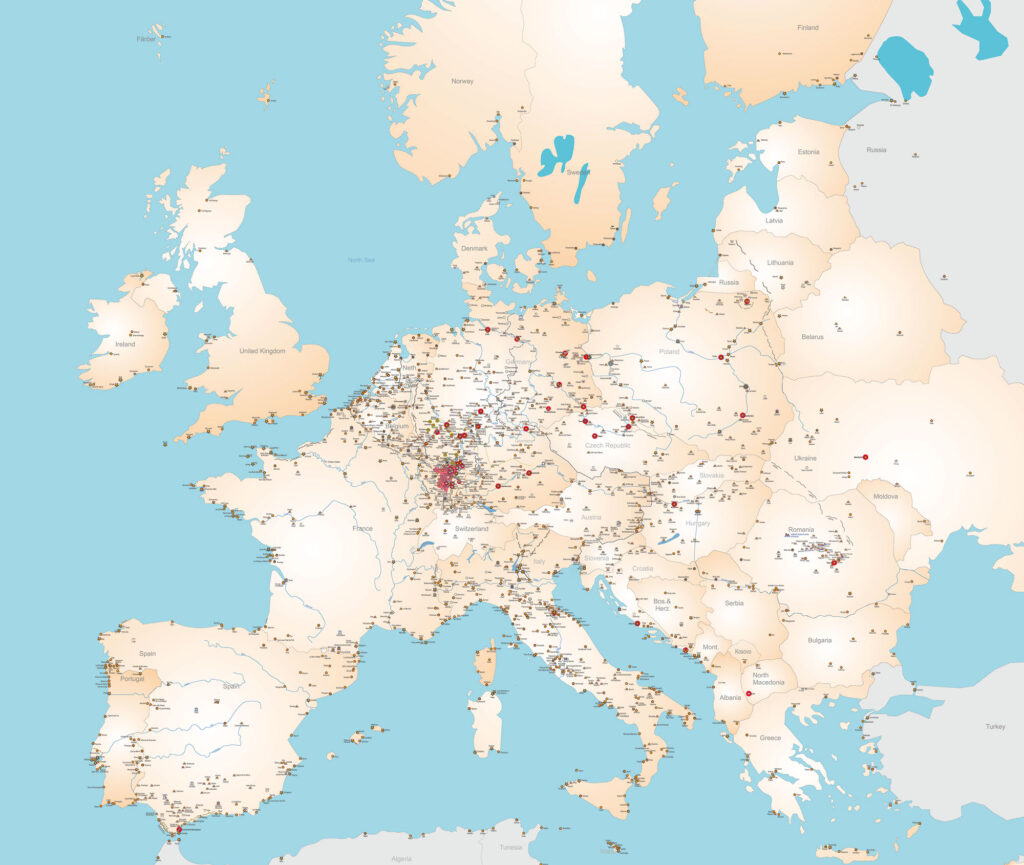At all times, rulers have conquered and subjugated foreign territories. The occupiers and the threatened, meanwhile, created defences that they built ever more powerful and sophisticated in the face of constantly improving weapons technology.
"Architectura Militaris" - refers to this special type of architecture, which has left behind an extraordinary cultural heritage spanning several millennia of European history. Find out more about an exciting, little-known category of building and its diverse architectural features. It bears witness to the turbulent and dramatic conflicts between ruling houses, dynasties and empires right up to Europe's recent past.
History of fortress construction
The history ranges from millennia-old, simple wooden fortifications and earth ramparts to border ramparts and walls, e.g. of the Romans and Chinese, and later to medieval city walls, their transformation into ramparts and bastions, fortresses, fortified towns, fortress systems and defence lines.
Fortress architecture 15th-19th cent.
The introduction of firearms brought about a fundamental change in fortress construction. A remodelling began and in many places even the complete replacement of fortifications and castle towers into massive bastions, strong walls with deep moats, adapted to the ballistics and range of the new projectiles.
Fortress architecture 20th century
The development of reinforced concrete brought about the second fundamental change in fortress construction. Stone fortresses were largely ineffective against modern weapons. Fortress construction camouflaged itself and orientated itself underground. Gigantic bunker lines, air defence systems and government bunkers were built.


